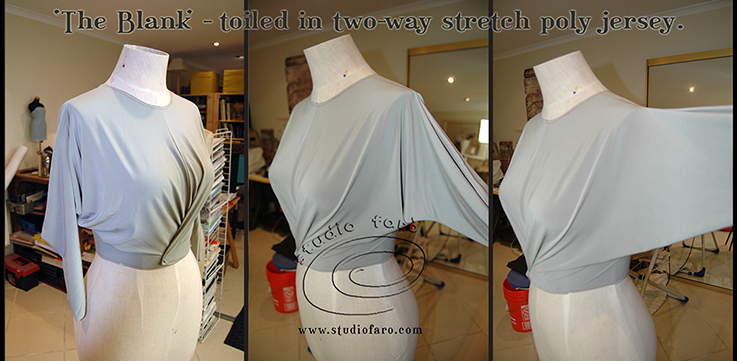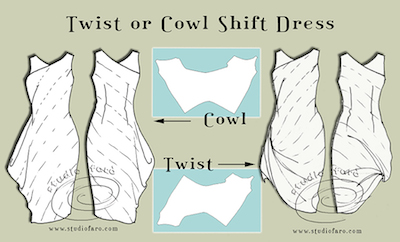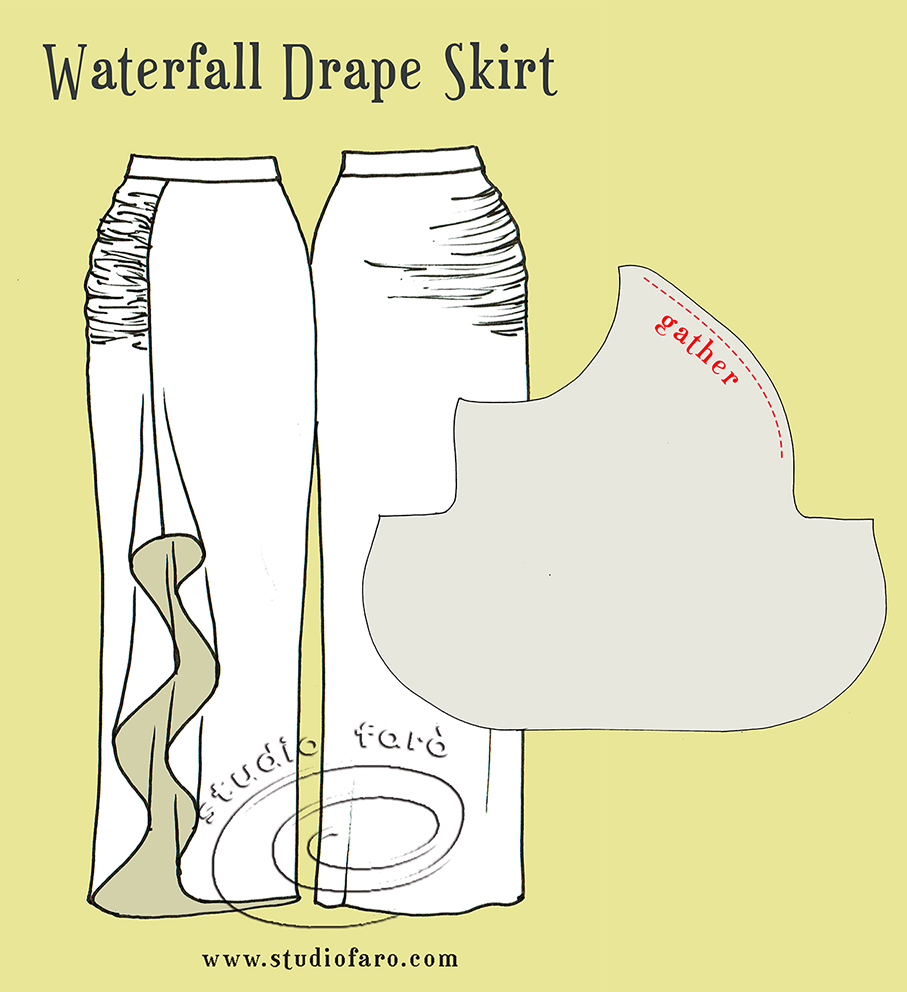09 Jun ‘The Blank’ by Ruth E Richman 1948
Posted at 16:35h
in Pattern Making Instructions, Pattern Puzzles, Stretch Patterns, Vintage Patterns, Womens Knit Block
0 Comments
So it's a weird one this week. Over sixty years old and born of a time that valued efficiency in manufacture over effective use of resources. Patent #2,454,208, invented by Ruth E Richman in 1946, was filed as:
'An object of the invention is to simplify the manufacture of blouses, coats and similar garments by constructing them from a blank consisting of a single piece of material.'











